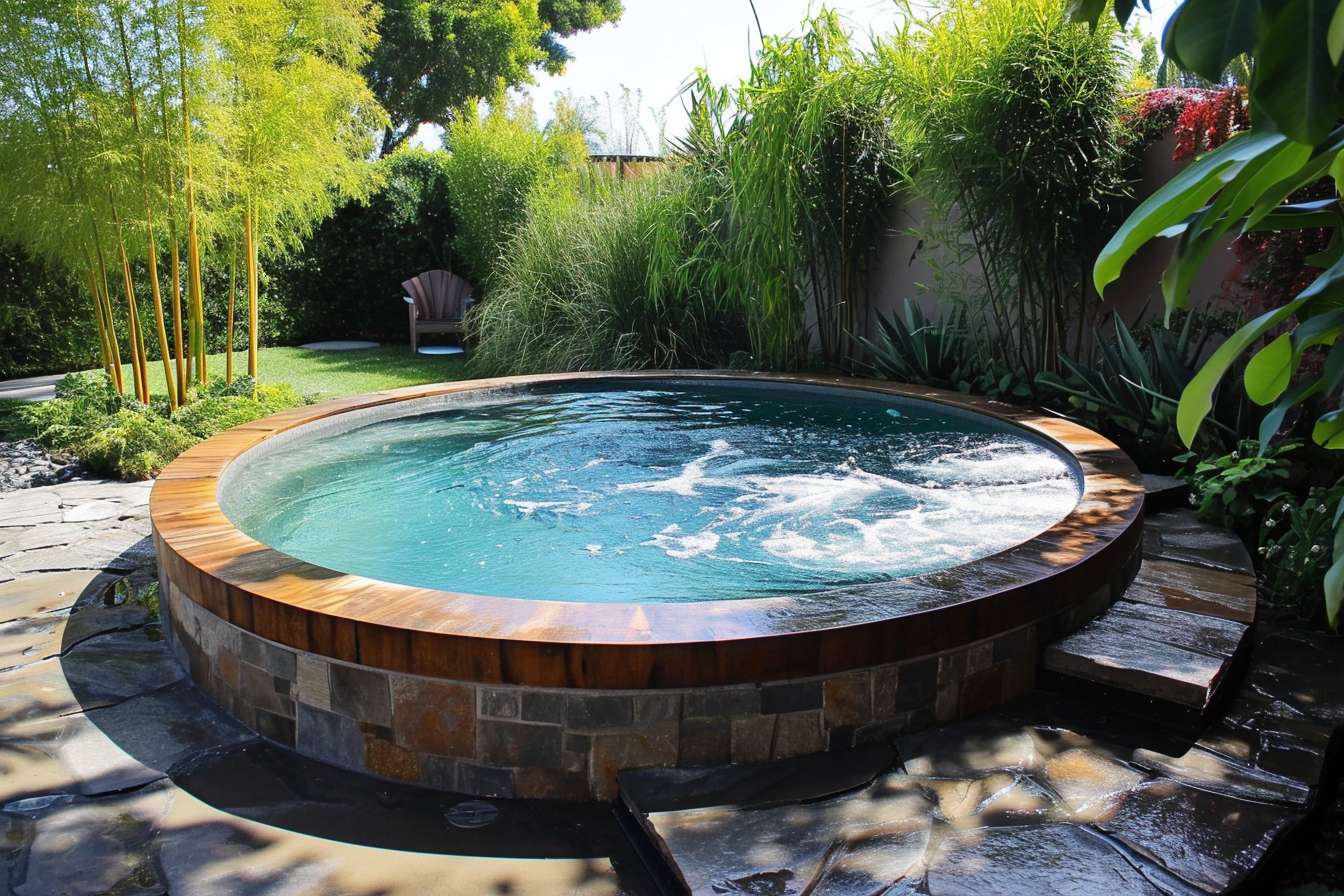Seasonal planting calendars tailored to temperate and tropical climates
Seasonal planting calendars help gardeners match planting, maintenance, and harvesting to local climate rhythms. Temperate regions follow distinct spring, summer, autumn, and winter cycles, while tropical areas often focus on wet and dry seasons. A calendar adapted to each climate supports better landscaping choices, soil care, irrigation, and pest management throughout the year.

How does seasonal landscaping differ by climate
Landscaping in temperate areas emphasizes timing: spring soil warming, summer growth, autumn preparations, and winter dormancy. In temperate gardens, plan hardscape and planting to reduce erosion and protect roots before frost. Tropical landscaping prioritizes resilience to heavy rains and heat; select plants that tolerate high humidity and intense sun. For both climates, consider yard layout for shade, wind protection, and microclimates; this reduces water needs and helps plants establish through seasonal shifts.
What soil and compost practices suit each region
Soil management starts with testing pH and structure. Temperate soils often benefit from a winter application of compost and spring incorporation to boost organic matter before the growing season. In tropical soils, frequent organic inputs and mulching help retain nutrients that can be washed away during heavy rains. Compost should be mature and applied at recommended depths; adjust rates by soil texture to avoid compaction. Regular soil checks guide amendments and support long-term horticulture goals.
How should irrigation and drainage vary
Irrigation strategies must reflect seasonal rainfall. In temperate regions, increase irrigation in hot, dry summers and reduce during wet seasons; use drip irrigation to conserve water and target roots. Tropical areas may require well-planned drainage to cope with intense wet seasons; install swales or French drains to protect root zones. Both climates benefit from scheduling irrigation in early morning, monitoring soil moisture rather than following fixed calendars, and combining mulch to reduce evaporation.
How to manage pests, pruning, and plant health
Pests respond to seasonal cycles: many insects emerge in spring in temperate climates and during the start of the wet season in tropical zones. Use integrated pest management: monitor populations, promote beneficial insects, and remove affected material. Pruning timing varies—late winter or early spring suits many temperate trees, while in tropical climates light, frequent pruning can maintain ventilation and reduce disease in year-round growth. Adjust practices for local pest pressures and plant lifecycles to maintain yard and plant health.
Which plants work for balcony and patio settings
Balcony and patio gardening needs plants suited to container culture and seasonal exposure. In temperate zones, choose short-season vegetables, annuals, or containers that can be moved indoors before frosts. Tropical balconies support year-round growth but need shelter from heavy rains and strong sun; select drought-tolerant or rain-resilient species depending on microclimate. Use quality potting soil, regular compost feeding, and appropriate drainage holes to keep container plants healthy across seasonal shifts.
How lighting and horticulture practices adapt
Seasonal light changes affect flowering and fruiting. In temperate climates, longer summer days drive growth; supplemental lighting is sometimes used in greenhouses during shorter days. Tropical regions have less variation in day length but must manage intense midday sun and prolonged cloudy periods during rains. Design outdoor lighting to extend usable patio space safely without stressing plants, and align horticulture practices—seed starting, hardening off, and fertilization—with local light and temperature patterns for consistent results.
Conclusion
A seasonal planting calendar tailored to temperate or tropical conditions helps gardeners make informed choices about plants, soil amendments, irrigation, and maintenance. Observing local weather patterns, testing soil, and adjusting timing for pruning and pest control improves plant performance and garden resilience. Adapting general guidelines to your specific microclimate supports sustainable yard and balcony gardening throughout the year.





